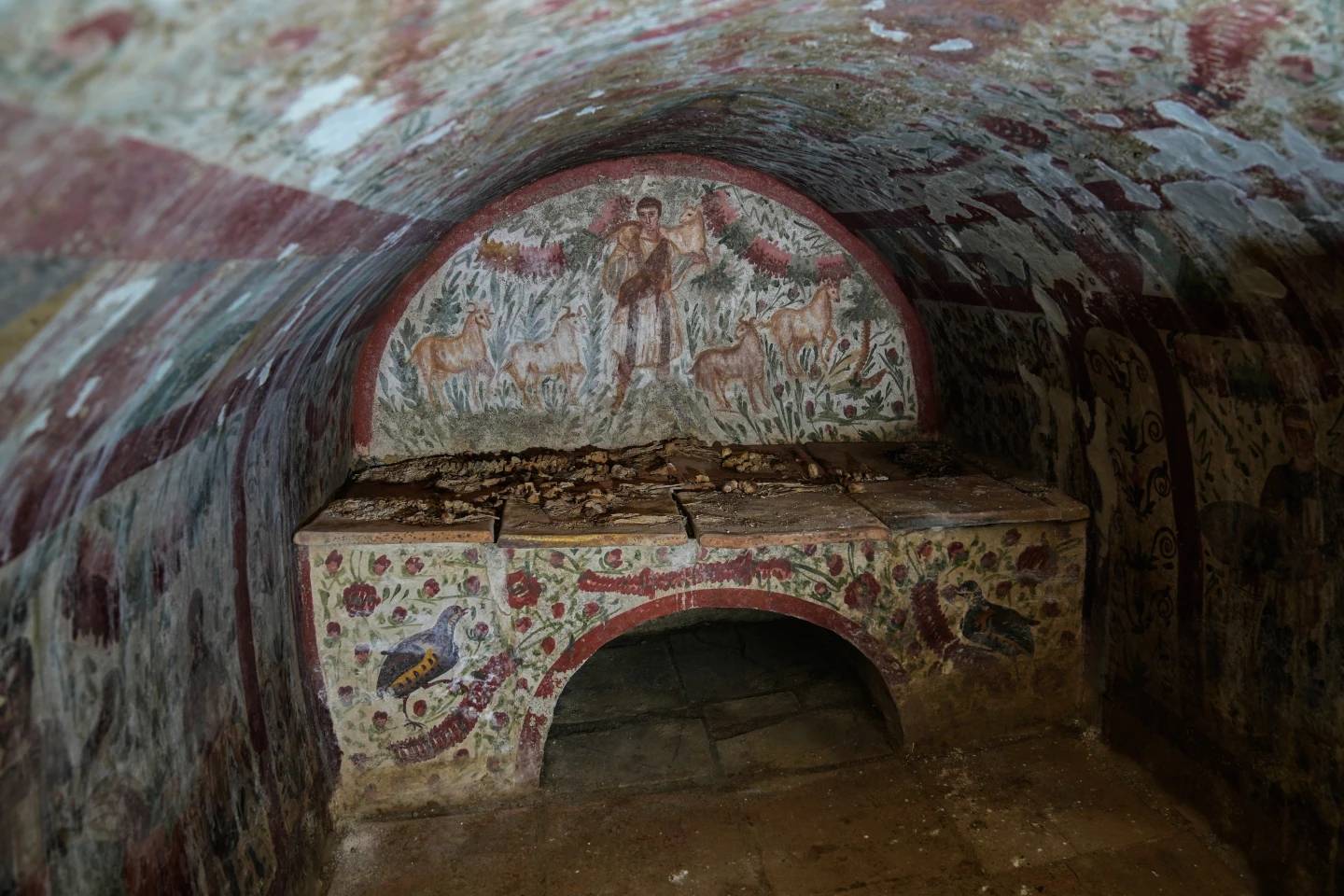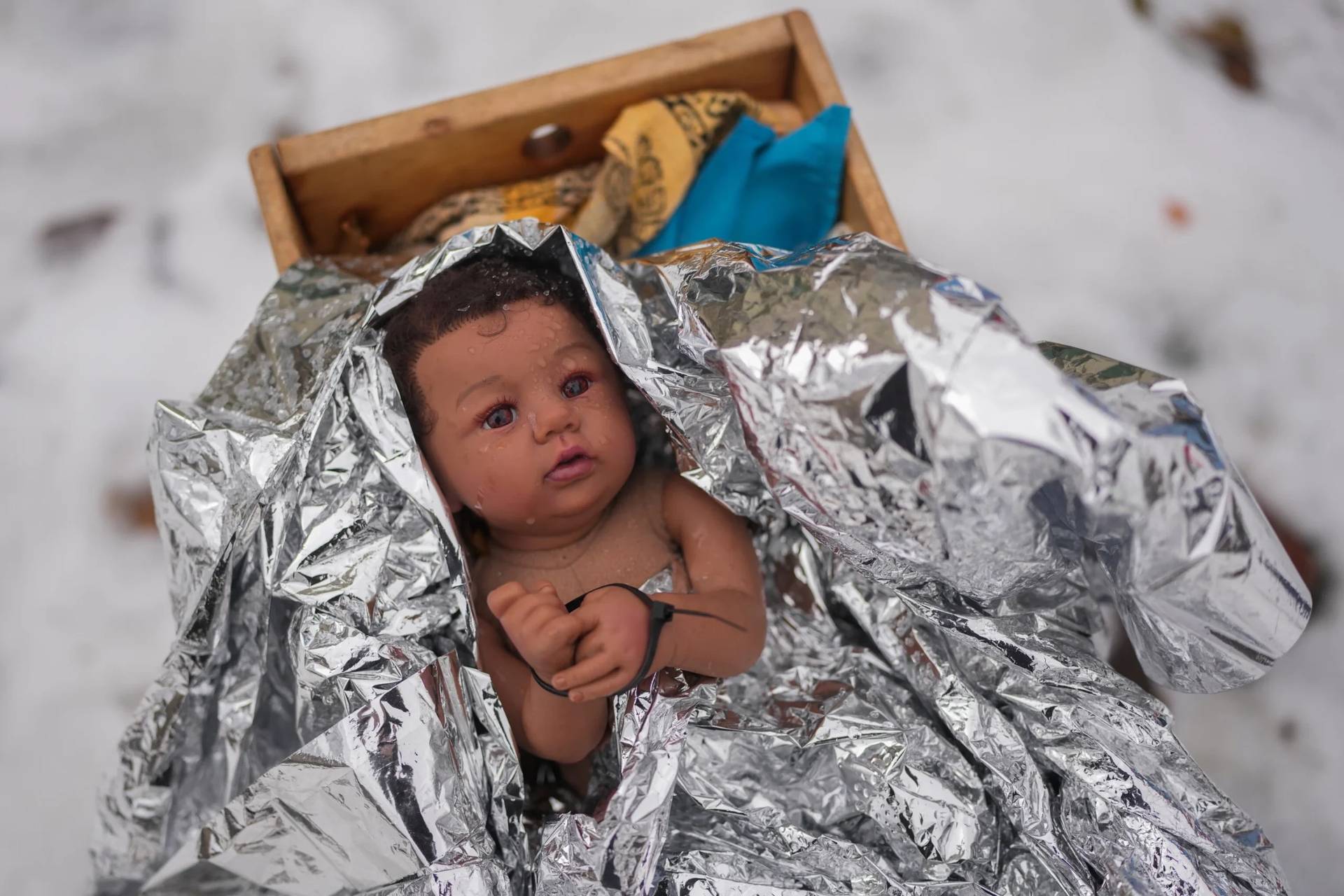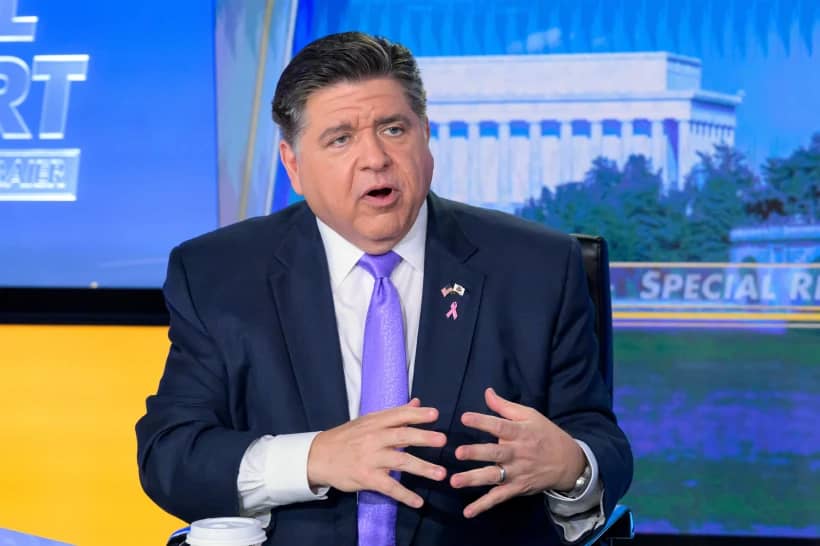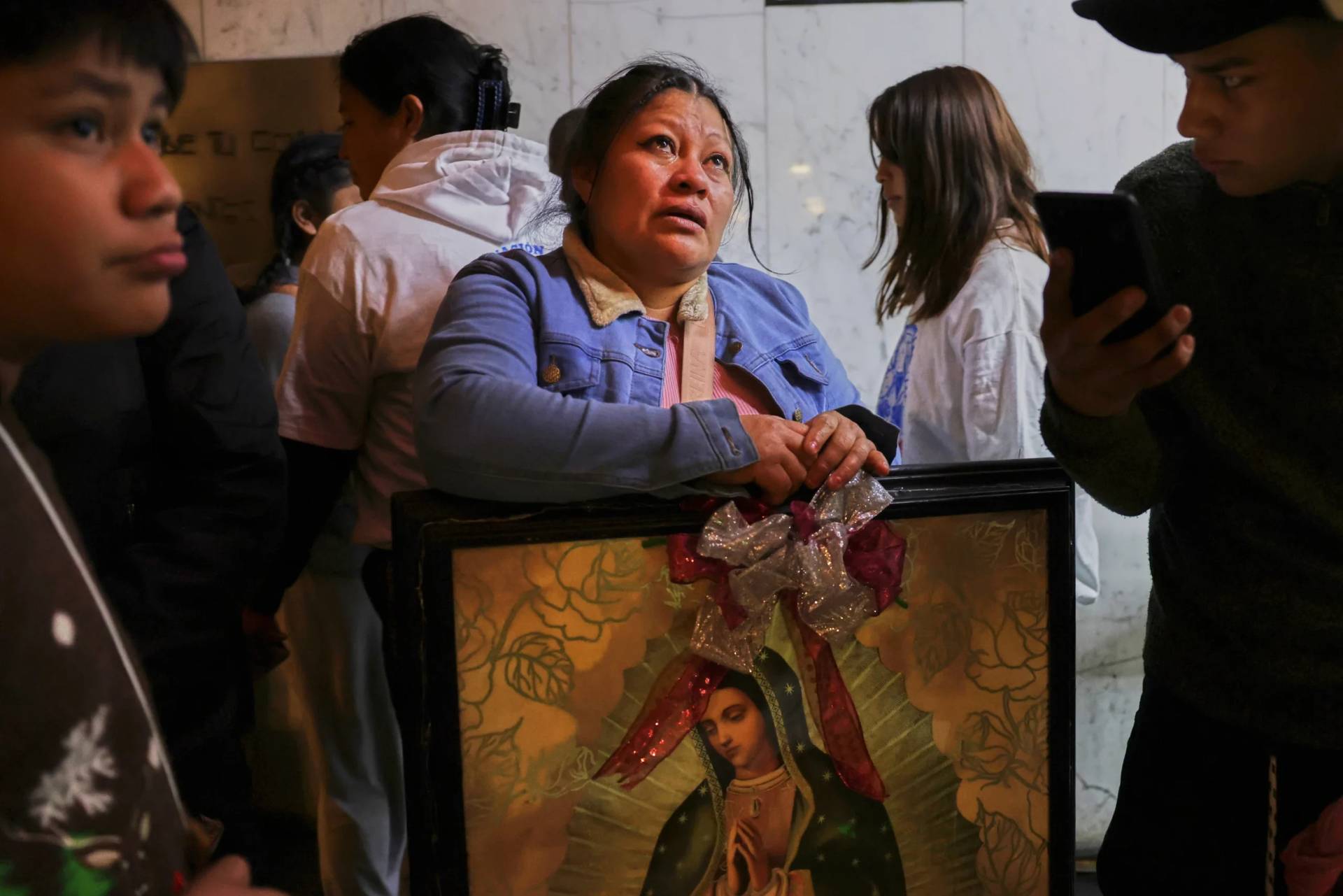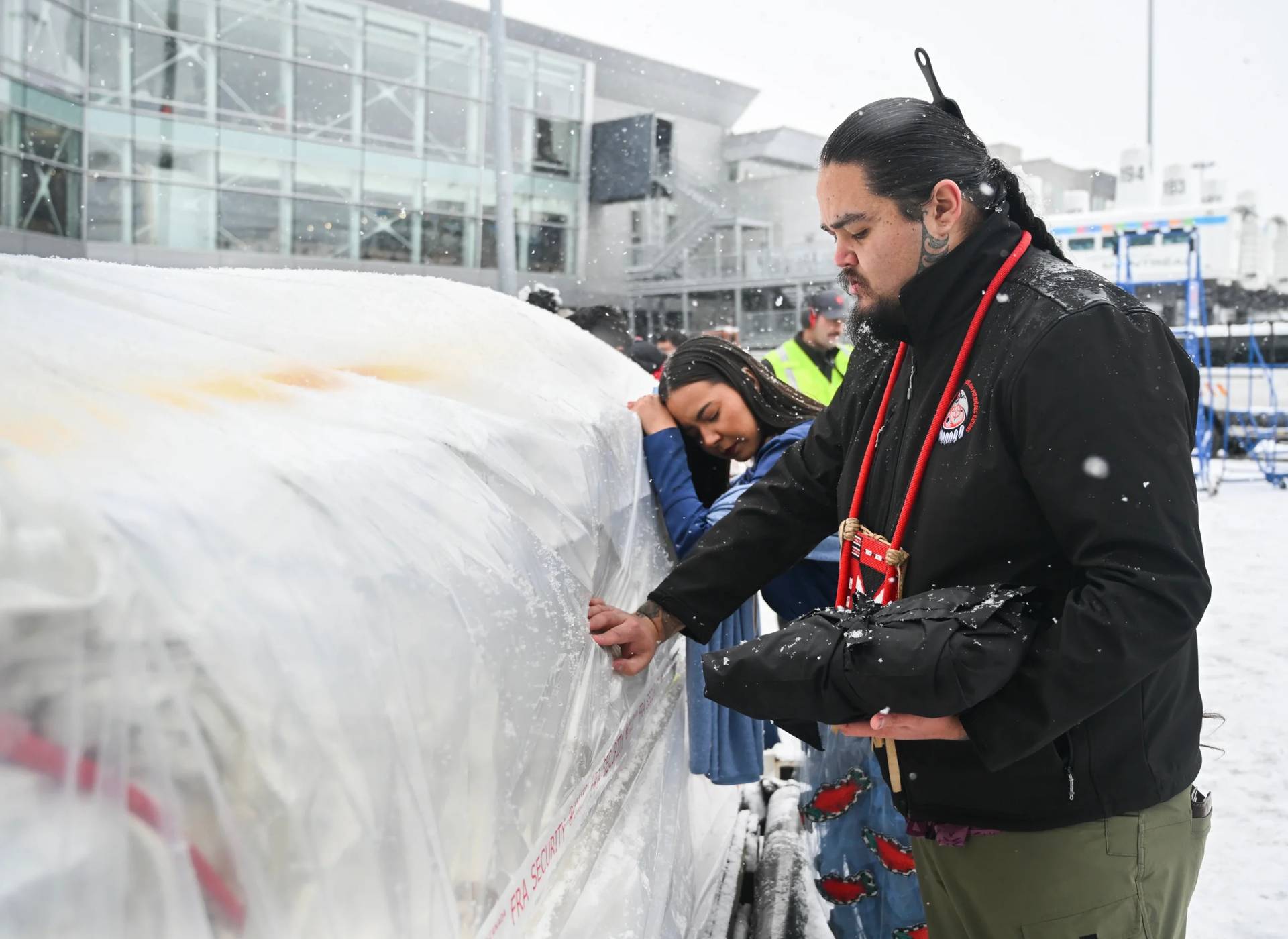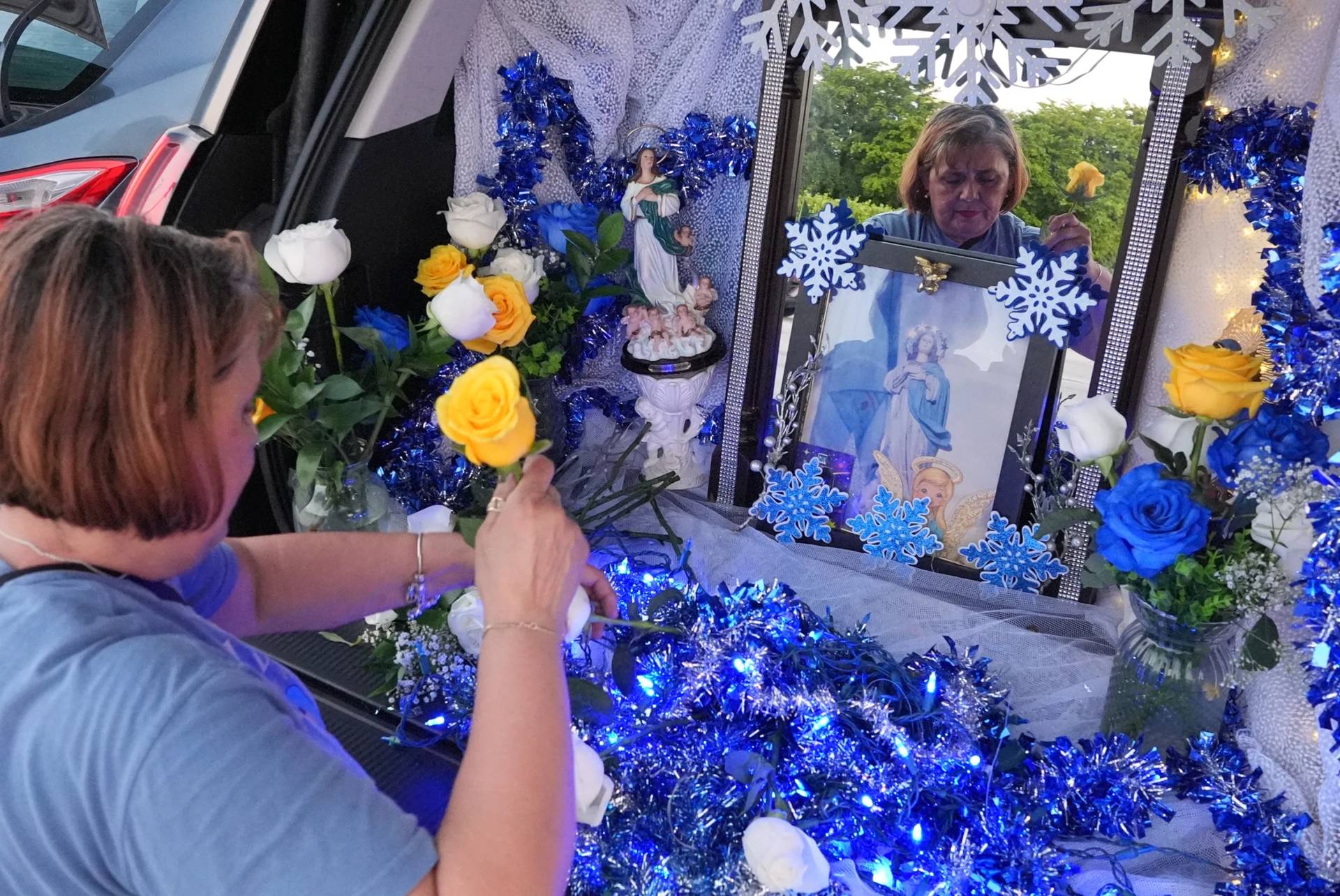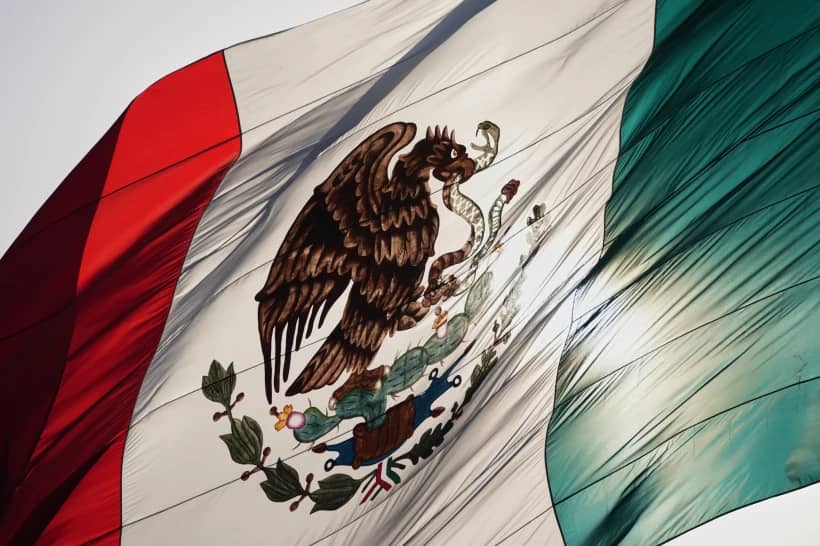MANAGUA, Nicaragua – What happened beginning at dusk on July 13, 2018 is known in Nicaragua as “the night Jesus was shot at.” Two young students died in the Church of Jesus of Divine Mercy, capping four months of protests that erupted in late April at the national autonomous university.
The church, located not far from the university, became a makeshift hospital to treat the wounded, and some 200 young people lived to tell the tale because they were rescued by Father Raul Zamora in his truck and by an anonymous woman who, to this day, he hasn’t been able to identify.
Perhaps that’s for the best, as many of those who found refuge in the church today are in prison, exiled or blacklisted by the government, the result of a witch hunt after a civil uprising that started in April and that, though dormant now, continues to simmer under the surface.
“Jesus of Divine Mercy was very close to us that night,” said Zamora on Nov. 16. “He too was shot at, and I see that as him telling us he was receiving the bullets in our name.”
As he spoke, the priest stopped to mark bullet holes that adorn the image looming large next to the tabernacle in a side chapel. It has two bullet holes and the wall has many others, preserved at the request of the parishioners as a reminder of what happened.
“Seeing it through the eyes of faith, the Lord is our rock,” Zamora said. “The words ‘Jesus, in you I trust,’ became a reality that night.”
The “night” actually began around noon on July 13, when police and paramilitary forces aligned with the government of President Daniel Ortega and his wife, Vice President Rosario Murillo, attacked students who had taken control of the national university in April.
When Zamora found out what was happening, he grabbed his truck and began to drive the students from the university to the church, which served as a makeshift hospital but also a center where people would go to donate food and other goods for the students.
Around six in the afternoon there were no students left in the university, because they were all hiding in the church. After the students moved, so did the bullets: 130 bullet holes eventually were counted in the roof of the church alone. Zamora is convinced that among those attacking the students, there were many who “didn’t have their heart in the fight,” and instead of shooting to kill, simply shot at the roof.
The image of Jesus of Divine Mercy is now protected by plexiglass, but the holes are evident, all in rays of light. For Zamora, that’s an element of evangelization: “His mercy spills over those who shot at us too. It was an experience of faith.”
Zamora used to run a youth ministry at the university, but today he’s banned from the premises. People have been fired from their jobs for having a picture on Facebook with him, and friends who still work there have told him that at the university, which opened its doors again after the summer break, students are taught that priests and bishops are behind a coup to take down the government.
Zamora said he hasn’t had any death threats, though at times people passing by the church shout at him, accusing him of being a terrorist. The night Crux was there, a white car passed by and stopped to take pictures, as a reminder that even though things might seem quiet now, the country is far from being at peace.
“The people close to the government are trying to minimize what happened here, trying to pretend nothing happened,” Zamora said. Similar assaults took place in other churches, but the one in his parish was the worst, with military armament on full display.
Despite the violence, “God did a lot of beautiful things that night,” Zamora said. “A student came to me in the morning, when the bullets had stopped, and said that although he was an atheist, if he believed in God, he’d want to believe in ‘one like yours’.”
“God did a lot of very beautiful things in the hearts of many young people who were here, and there were many praying for us that night,” Zamora said. “There was a caravan with hundreds of people who tried to get to us, but who were stopped by the forces shooting at us. So, they kneeled down behind the police and began to pray the rosary.”
“God was visible in everything we lived through,” he said.
Around 3:00 a.m., the police cut the light off and blocked cell phone service to those who were hiding with the priest in his house, including three who had been wounded by bullets in the university. The young people were crying and sending goodbyes to their loved ones.
“We thought they would come in and kill us all,” Zamora said. Instead, they shot at them with lasers, but the group got down on the floor and they survived.
Some of the 200 young men and women who found refuge in the church that night are now in the local prison facing “express trials,” where they have no possibility to defend themselves against charges of terrorism.
An estimated 500 people, mostly students who participated in the protests against the government, are now in jail. They’re kept in a zone of a regional prison known as the “little hell,” where they are completely cut off from any contact with the outside world.
In many cases, they were taken from their families and their loved ones were never informed of their whereabouts. Zamora estimates that another 350 have been “disappeared” by the government, often tortured and later killed. Hundreds of parents in Nicaragua are left wondering what happened to their children.
According to the priest, the government needed someone to blame for the uprising, and decided to blame the Church. Far from being afraid, priests and bishops “rose to the occasion, being able to live the Gospel in a way we didn’t think was possible.”
“The Holy Spirit moved us to act, even in situations of grave danger, where religious men and women served as shields,” Zamora said.






